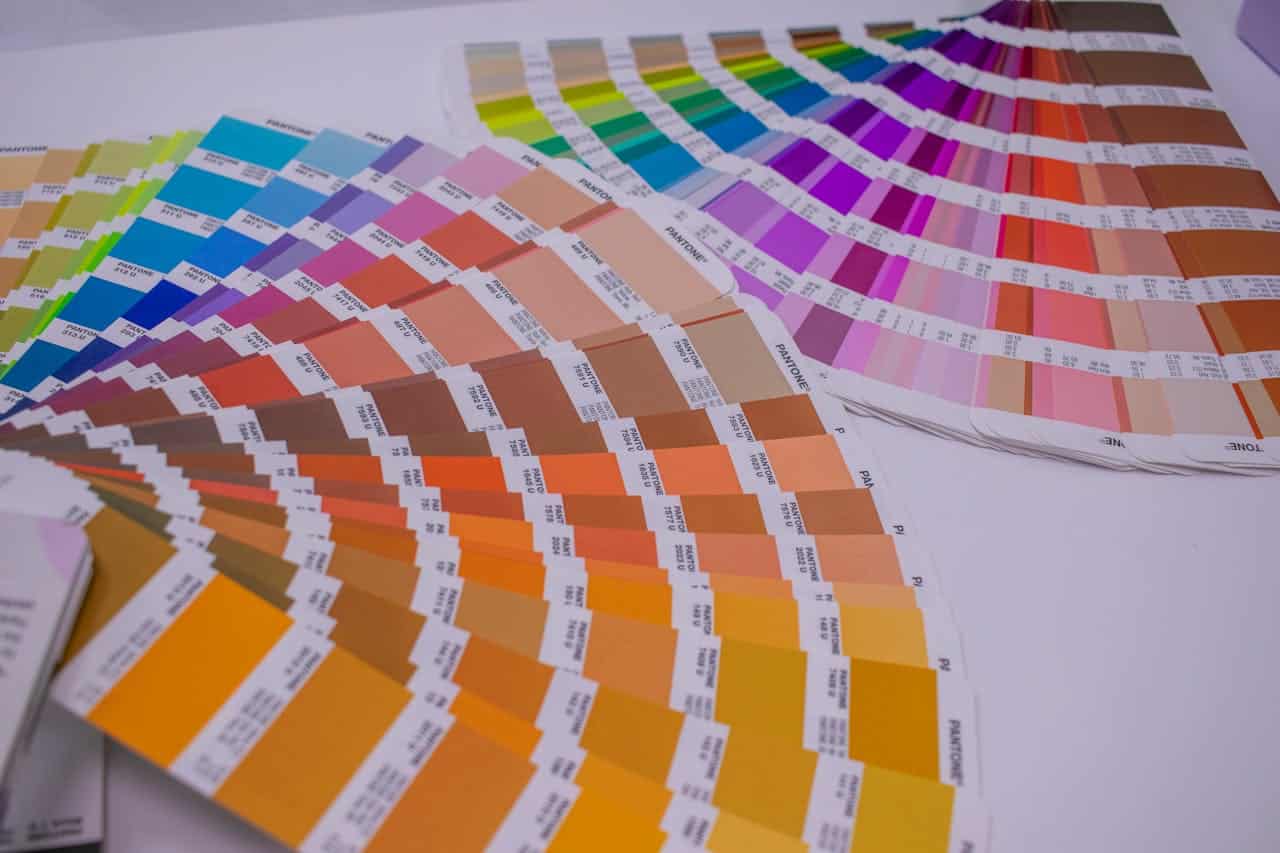Technology has dramatically impacted the printing processes, especially when it comes to print quality. Electronic systems have been around for several years, and the introduction of computer technology has enabled printers to monitor print jobs in real-time. Therefore, print providers can now offer clients top-quality products that meet or even exceed industry expectations.
Let’s take a look at more benefits of using technology solutions for print quality.
Work Automation
The computer systems that many printing companies use have been designed to automate tasks. This can be very helpful because it reduces errors and makes printing faster. The industry leaders at Baldwin Vision Systems have years of experience in printing solutions. They know that even the most minor changes in automation can be very beneficial for their customers. With these solutions in place, employees can produce documents with consistent results every time. The time needed for processing is also reduced because computers can handle much more data than humans.
Better Communication
Using the proper systems in the production process helps companies better monitor and control workflow. This enables printing providers to adopt a more proactive approach towards customer needs, thus creating opportunities for improved communication. The inclusion of technology solutions also makes it easier for workers to share information across departments and with clients, which eventually benefits everyone involved – especially if their intentions are sincere.
Print Quality Monitoring
A quality management system can be thought of as a watchful system that tracks the status of a product or process. Quality control tools have been utilized for a long time to improve products and services by quickly identifying issues, assessing them, and coming up with solutions. When used properly, these systems can serve as an effective strategy in maintaining print quality at desired levels.
In general, quality control is done during different stages of production, from the prepress phase to the final, binding stage. For example, software solutions could monitor jobs stored on floppy disks before being sent out for printing. At the same time, programs that created virtual copies could also be installed on computers in real-time during presses’ work cycles. This allows businesses to track any problem areas and fix them before going into production costs.
This provides peace of mind when you outsource to skilled professionals. You can calmly order bulk DTF transfers knowing well that each piece will come out perfectly and as you ordered. Also, businesses can identify issues and correct them quickly before a print run is completed. This allows for more efficient production and cost savings.
Immediate Feedback
When printers use electronic systems, they can immediately know if their prints have been printed accurately. The real-time reporting enables printers to quickly address any print quality issues that may arise before the final product has shipped out. This is a benefit that paper printing was not always able to offer clients quality control during production. With technology solutions, in most cases, the printer will be able to detect and alert on potential trouble long before it becomes an issue.
For instance, using a system that tracks toner levels can be beneficial because it will indicate whether certain presses are running low on ink. This enables printing providers to order more supplies before they run out, thus ensuring that production continues without interruption. The same technology could be applied to other aspects of print quality, such as ensuring that cleaning products are replenished at all times during the workday or receiving alerts when it is time for inspections and maintenance.
Customer Service
The use of technology to improve print quality can benefit both the customer and supplier in better service. When clients can see their job being processed in real-time, they are much happier with the results. It also enables them to have more input when it comes to deciding on certain things that can affect the overall appearance of their products. With this kind of openness, businesses can show just how committed they are to providing excellent service and top-quality printing products.
Better Pricing
Technology solutions have helped many printers reduce their production costs over time. Furthermore, several studies have indicated significant savings in inventory, ordering materials, accounting procedures, and personnel-related issues since these systems take care of various tasks automatically, thus reducing overall human error. With the help of technology, printing providers can monitor performance levels, identify problem areas and create solutions that enhance both quality control and overall productivity for their company.
Quality Control Systems
Many printers have found that investing in quality control software is one of the best strategies to improve print production over time. This type of system provides users with a wide range of benefits, including alerts about materials running low during presses’ work cycles, toner levels, inspections & maintenance tasks as well as other events that may affect output. Technology solutions also play an important role by improving communication between workers through immediate sharing of information across departments and with clients. Manufacturers are now able to offer better customer service because they are consistently informed about their jobs’ progress.
The software solution’s efficiency benefits are also reflected on the bottom line as businesses experience improved profitability that results from reduced waste, streamlined operations, and better pricing on materials. When used properly, these systems can help printers improve their overall print quality while at the same time reducing production costs over time.

